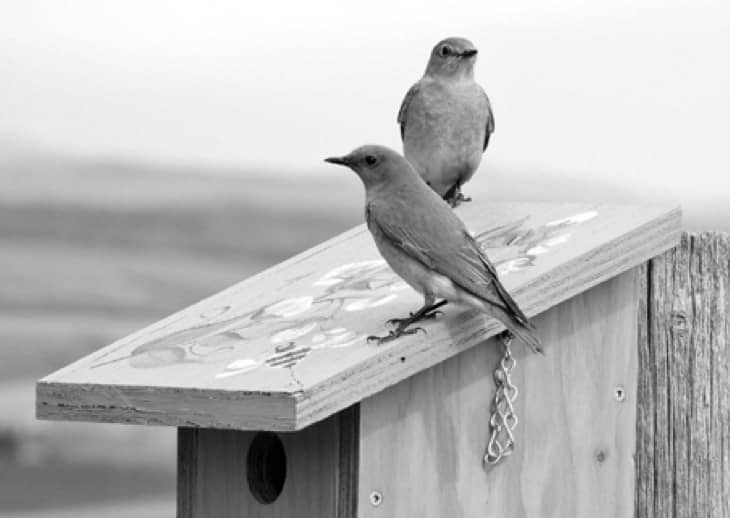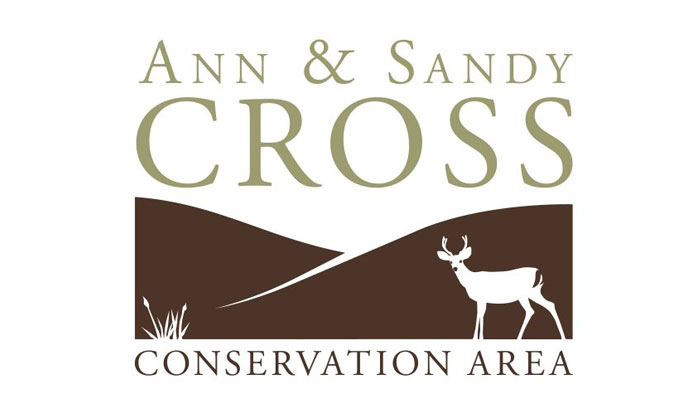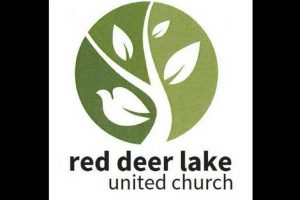Bird Family is Blue After Wild Housing Market Takes Flight and Goes Sky High:
ASCCA to Help Get Them Off the Ground With Low Wingcome Housing Project
We are the Turdidae family (Mountain Bluebird species) and we are looking at buying a new home to raise our young. Ideally, we’d like a small, one room box with a 1 inch hole entryway – not facing North – in a grasslands neighborhood. The house should be 5 to 8 feet off the ground as this helps our children stay safe from any unfriendly neighbours. To help us with gathering food, insect-adjacent is a must. We enjoy morning sun and afternoon shade the most and the house can only be made of wood, as these things help keep our gas and electricity bills low. We are willing to pay condo fees to have somebody come by in February and September to clean our box while we are away for the winter.
Here at the Ann & Sandy Cross Conservation Area (ASCCA), we have over 100 bird boxes designed to house Mountain Bluebirds and Tree Swallows. We also get a few House Wrens here and there. These birds are cavity dwellers and competition for quality cavities in trees is very high. To help solve this problem, we build and install bird boxes all over the area. These boxes are built to be ideal homes for these birds, which then are able to make a nest inside the box and raise their young.

We do not want invasive species like the House Sparrow to make nests in these boxes, which is why the doors are only 1-inch wide – unwanted birds will be too big to fit inside! Boxes have to be placed up 5 to 8 feet high so that predators like cats, raccoons, and coyotes cannot get in. However, with that comes one of the difficulties we have at the ASCCA – 5 to 8 feet high is perfect scratching post height for the local cows, which are part of the area’s grazing program. As for the no North facing entries – it’s because we do not want the wind going right through their box.
Temperature regulation is very important for a successful nest. If it is in the sun all day it can get too hot and hurt the birds inside, and if it is only in the shade it will be too cold. A combination of the two is best. Metal does not retain heat very well and can get too warm, which is why wood is the best material to build the boxes out of.
Cleaning out the boxes in September makes sure that there are open spaces when the birds come back in late March. We do a second cleaning prior to their arrival in case any other animals moved in during the winter.
If you want to get involved in bird boxes at home feel free to contact Andrew at lgriffin@crossconservation.org and we can provide you with some start up resources. Thank you to our ASCCA volunteers, Chevron employees and our day campers for helping us build homes for aspiring bird families.
By Andrew Stafford


























